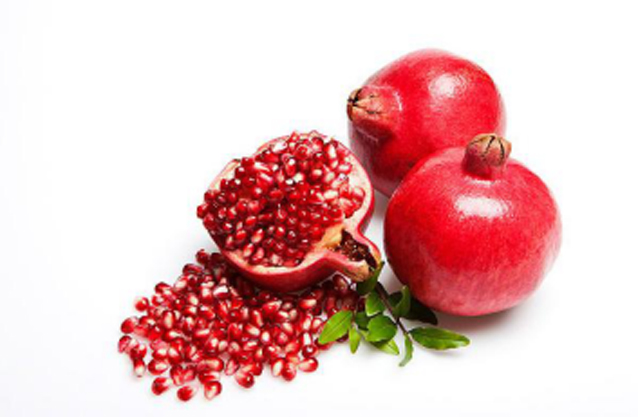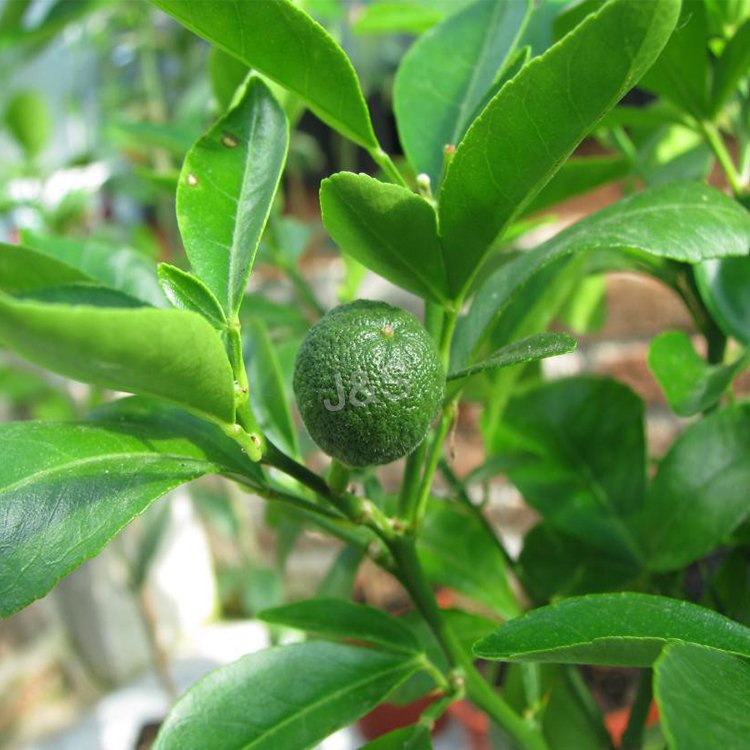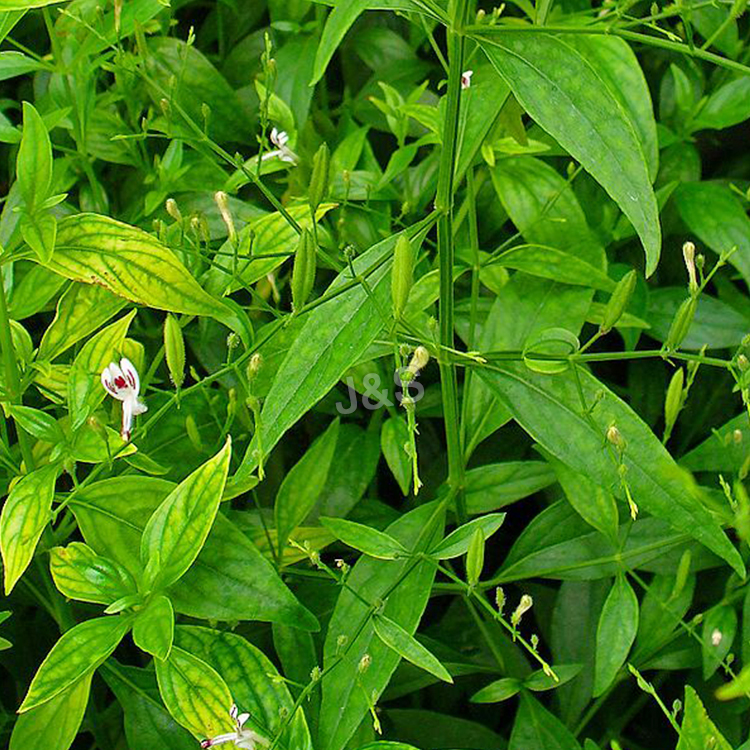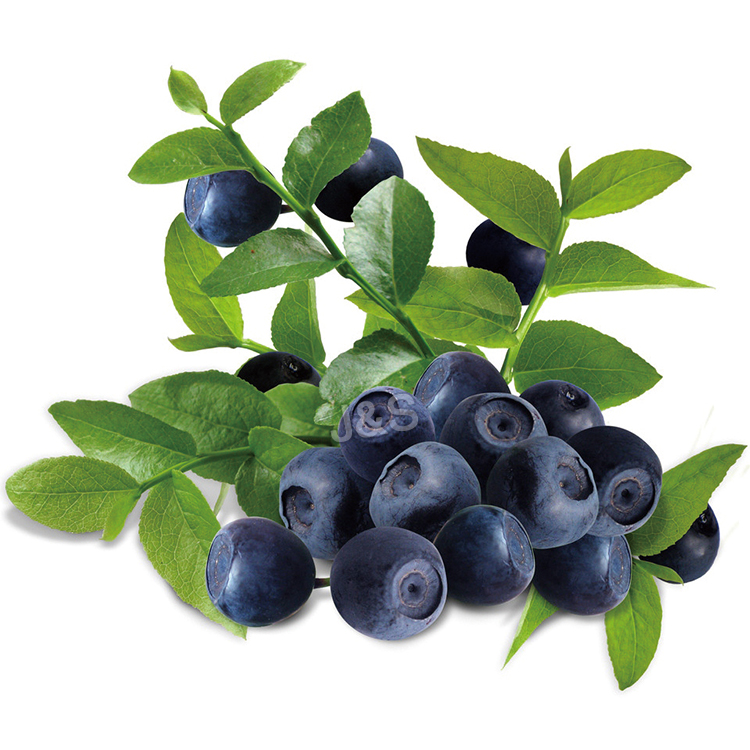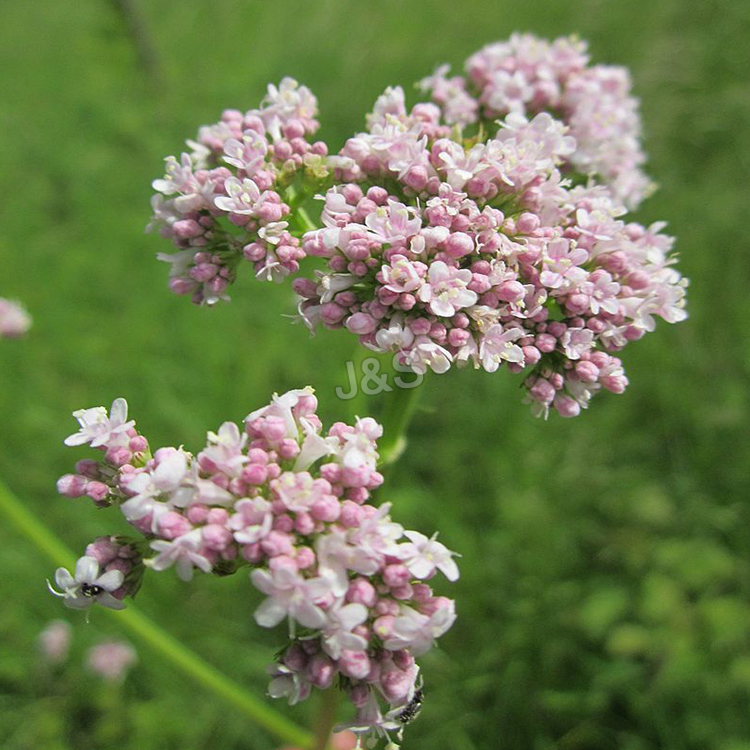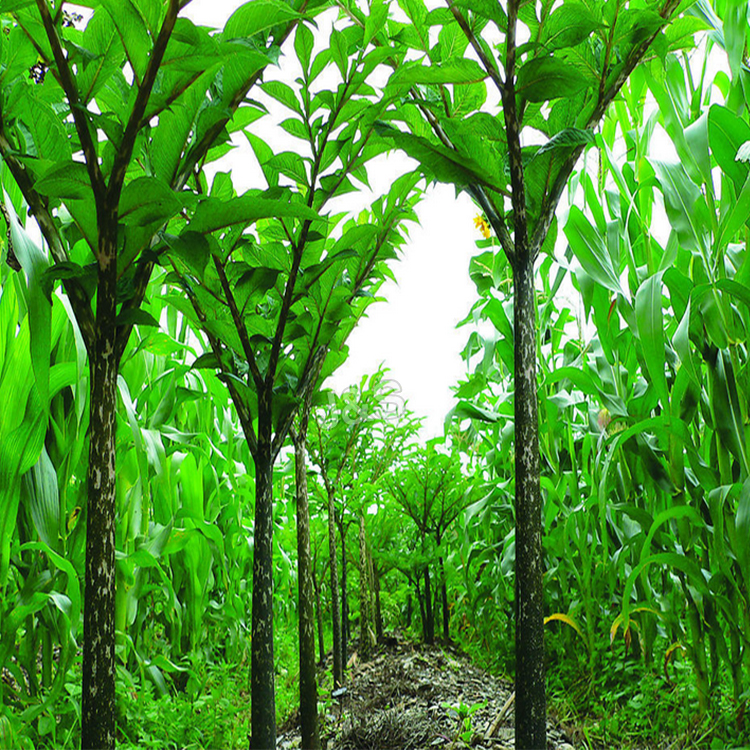Wholesale Price China Pomegranate seed extract Manufacturer in Provence
Wholesale Price China Pomegranate seed extract Manufacturer in Provence Detail:
[Latin Name] Punica granatum L
[Plant Source] from China
[Specifications]Ellagic acid≥40%
[Appearance] Brown Fine Powder
Plant Part Used:Seed
[Particle size] 80 Mesh
[Loss on drying] ≤5.0%
[Heavy Metal] ≤10PPM
[Storage] Store in cool & dry area, keep away from the direct light and heat.
[Shelf life] 24 Months
[Package] Packed in paper-drums and two plastic-bags inside.
[Net weight] 25kgs/drum
Introduction
Pomegranate, (Punica granatum L in Latin), belongs to the family Punicaceae which includes only one genus and two species. The tree is native from Iran to the Himalayas in northern India and has been cultivated since ancient times throughout the Mediterranean region of Asia, Africa and Europe.
Pomegranate offers abundant benefits for the cardiovascular system by preventing damage to arterial walls, promoting healthy blood pressure levels, improving blood flow to the heart, and preventing or reversing atherosclerosis.
Pomegranate may benefit people with diabetes and those at risk for the disease. It helps lower after-meal blood sugar levels and protects the cardiovascular system from diabetes-induced damage.
Pomegranate shows promise in killing prostate cancer cells, whether the cells are hormone-sensitive or not. Pomegranate also helped halt the progression of prostate cancer in men who had undergone surgery or radiation for the disease.
Pomegranate may fight the degeneration of joint tissue that leads to painful osteoarthritis, and may protect the brain against oxidative stress-induced changes that can lead to Alzheimer’s. Pomegranate extracts—alone or in combination with the herb gotu kola—help kill the bacteria that contribute to dental plaque, while helping to heal gum disease. Pomegranate also appears to protect the health of the skin and liver.
Function
1.Anti-cancer of rectum and colon, esophageal carcinoma,liver cancer,lung cancer,carcinoma of tongue and skin.
2.Restrain to human immunodeficiency virus(HIV) and many kinds of microbe and virus.
3.Anti-oxidant, coagulant, descenting blood pressure and sedation.
4.Resist to anti-oxidance, senescence inhibition and skin whitening
5.Treat kinds of symptoms caused by high blood sugar, hypertension.
6.Resist to atherosclerosis and tumour.
Application
Pomegranate P.E. can be made into capsules, troche and granule as healthy food. Besides, it has good solubility in water plus the solution transparence and brilliance color, has been widely added into the beverage as the functional content.
Product detail pictures:
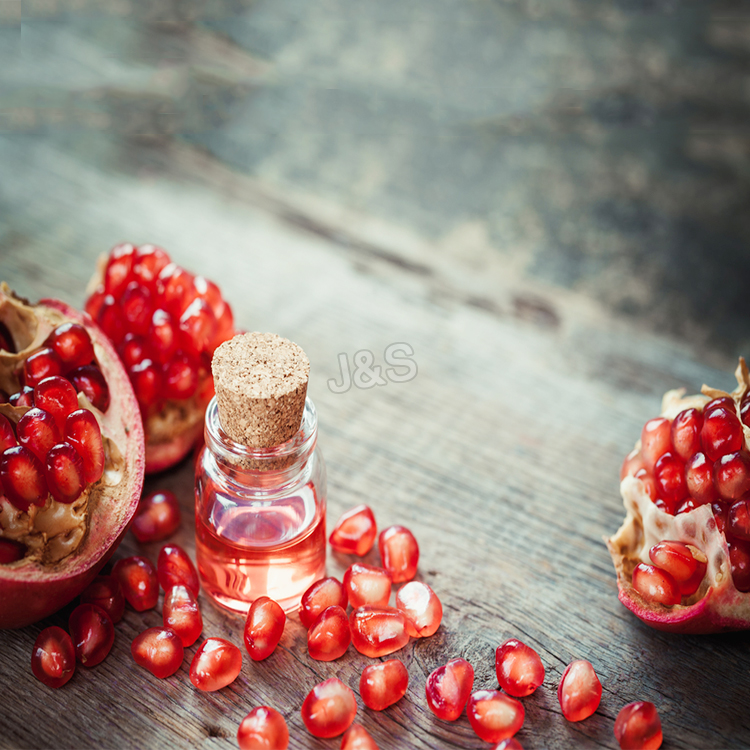
Related Product Guide:
Wholesale Price China Pomegranate seed extract Manufacturer in Provence , The product will supply to all over the world, such as: , , ,
Subscribe to Dr. Greger’s free nutrition newsletter at https://www.nutritionfacts.org/subscribe and get a free excerpt from his latest NYT Bestseller HOW NOT TO DIE. (All proceeds Dr. Greger receives from the sales of his books, DVDs, and speaking engagements go to support the 501c3 nonprofit that runs NutritionFacts.org.)
DESCRIPTION: What role may the spice turmeric play in both the prevention of precancerous polyps and the treatment of colorectal cancer?
The low cancer rates in India may also be related to phytate consumption Phytates for the Prevention of Cancer (https://nutritionfacts.org/video/phytates-for-the-prevention-of-cancer/) and plant-centered diets Back to Our Roots: Curry and Cancer (https://nutritionfacts.org/video/back-to-our-roots-curry-and-cancer/).
More on turmeric and Cancer in Carcinogenic Blocking Effects of Turmeric (https://nutritionfacts.org/video/carcinogen-blocking-effects-of-turmeric/) and Turmeric Curcumin Reprogramming Cancer Cell Death (https://nutritionfacts.org/video/turmeric-curcumin-reprogramming-cancer-cell-death/).
Given the poor systemic absorption of turmeric compounds, what cancers other than that of the digestive tract may be directly affected? See my next video Topical Application of Turmeric Curcumin for Cancer (https://nutritionfacts.org/video/turmeric-curcumin-and-colon-cancer/).
Have a question for Dr. Greger about this video? Leave it in the comment section at https://nutritionfacts.org/video/turmeric-curcumin-and-colon-cancer/ and he’ll try to answer it!
https://www.NutritionFacts.org
• Facebook: https://www.facebook.com/NutritionFacts.org
• Twitter: https://www.twitter.com/nutrition_facts
• Podcast: https://nutritionfacts.org/audio/
• Subscribe: https://https://nutritionfacts.org/subscribe/
• Donate: https://www.NutritionFacts.org/donate
How to Grow Stevia in containers
It would be difficult, at best, to start a stevia patch from scratch — that is, by planting seeds. Even if you could get them to germinate, results might well prove disappointing, since stevioside levels can vary greatly in plants grown from seed.
The recommended method is rather to buy garden-ready ‘starter’ plants, which given stevia’s ‘growing’ popularity, may well be obtainable from a nursery or herbalist in your area — provided you’re willing to scout around a bit. If you’re not, or are unsuccessful in locating any, there are at least three growers of high-quality stevia who will ship you as many baby plants as you’d like.
Keep in mind that not all stevia plants are created equal in terms of stevioside content, and, hence, sweetness. It’s therefore a good idea to try to determine if the plants you’re buying have been grown from cuttings whose source was high in stevioside.
Because tender young stevia plants are especially sensitive to low temperatures, it’s important that you wait until the danger of frost is past and soil temperatures are well into the 50s and 60s before transplanting them into your garden.
Once you begin, it’s best to plant your stevia in rows 20 to 24 inches apart, leaving about 18 inches between plants. Your plants should grow to a height of about 30 inches and a width of 18 to 24 inches.
 By from -
By from -
 By from -
By from -

